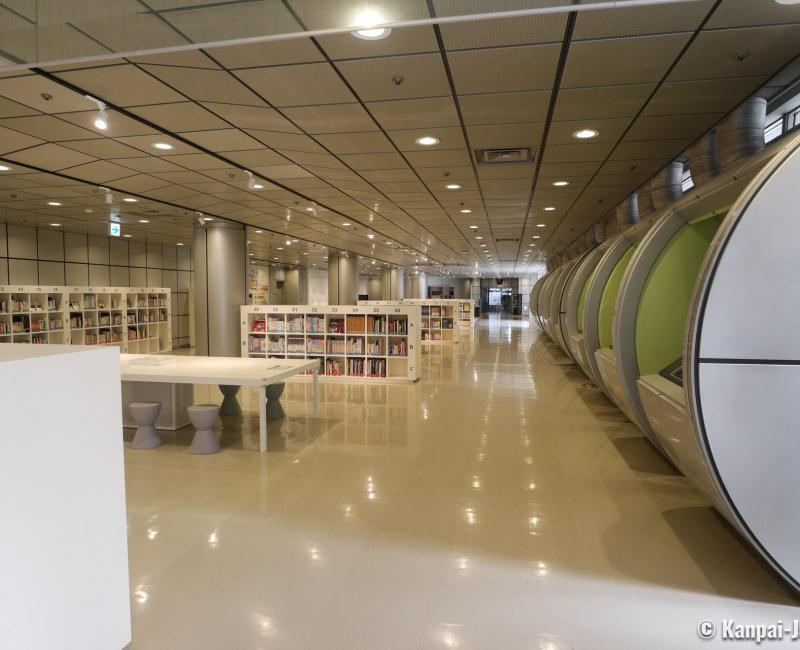National Museum of Ethnology
The World’s Cultures Hub in Osaka
The National Museum of Ethnology or Minpaku is a research center for cultural anthropology and ethnology, located in the heart of the Expo’70 Commemorative Park in Suita, in the north of Osaka. The institution’s team of sixty scientifics collect, study, and exhibit daily life objects from various civilizations. Humanities amateurs will enjoy fascinating and enlightening expositions.
The National Museum of Ethnology was founded in 1974 and opened to the public in 1977. To celebrate its 40th anniversary in 2017, the exhibition displays and spaces were thoroughly renovated.

Daily life objects exhibition
Today, the collections are rich with more than 10,000 everyday life objects gathered in ethnicities from all over the world. The museum also stores a lot of video and audio resources, as well as pictures, magazines, or books that allow for a better understanding of various cultures. A large part of these items is available for consultation at the museum’s free public library and videotheque on the third floor. Some of the videos are available in English language or subtitled.
The museum focuses on the nations’ everyday life, and displays mainly:
- Genuine housing and festivals’floats;
- Clothes and traditional costumes;
- Music instruments; and,
- Smaller items such as furniture or tableware.
Unlike other museums, the items are not protected by display cases, offering a proximity with the objects, as if visiting of the communities’ storage room, where all the most important and iconic elements of its organization were gathered.

A down-to-earth and cultural overview of traditional societies
The National Museum of Ethnology offers an original trip around the world, with an exhibition divided in three main geographical areas:
- A Block, for Oceania, America, Europe, Africa and Middle-East;
- B Block focuses on music and languages, and South Asia and South-Eastern Asia;
- C Block is dedicated to Central Asia and Northern Asia, Korean Peninsula, regional cultures of China, Ainu people and Japan.
Each area is introduced by panels translated in English. We strongly recommend using the free audio-guide, available in English, to understand fully how some of the displayed objects were utilized.
There is no designated visit path and seeing only part of the floors is possible according to one’s interests and time available. The exhibition is indeed plentiful, and it is easy to spend several hours discovering the daily life of people yet unknown for many visitors. Minpaku’s exhibition focuses on the sight and is interactive, which contribute to its fascinating aspects.
Minpaku's Research Institute also organizes several events throughout the year, such as seminars, conferences, workshops, and language courses.

